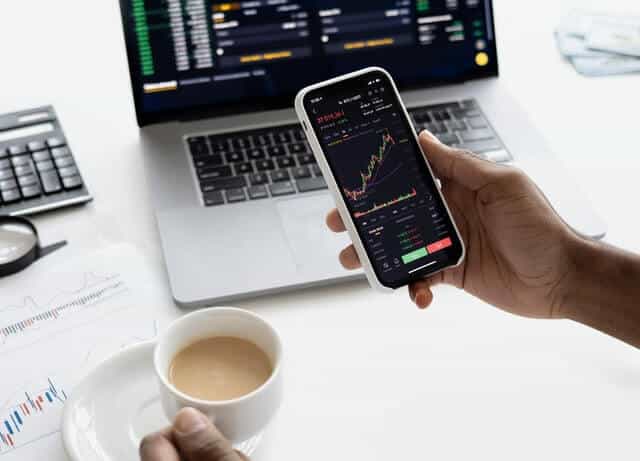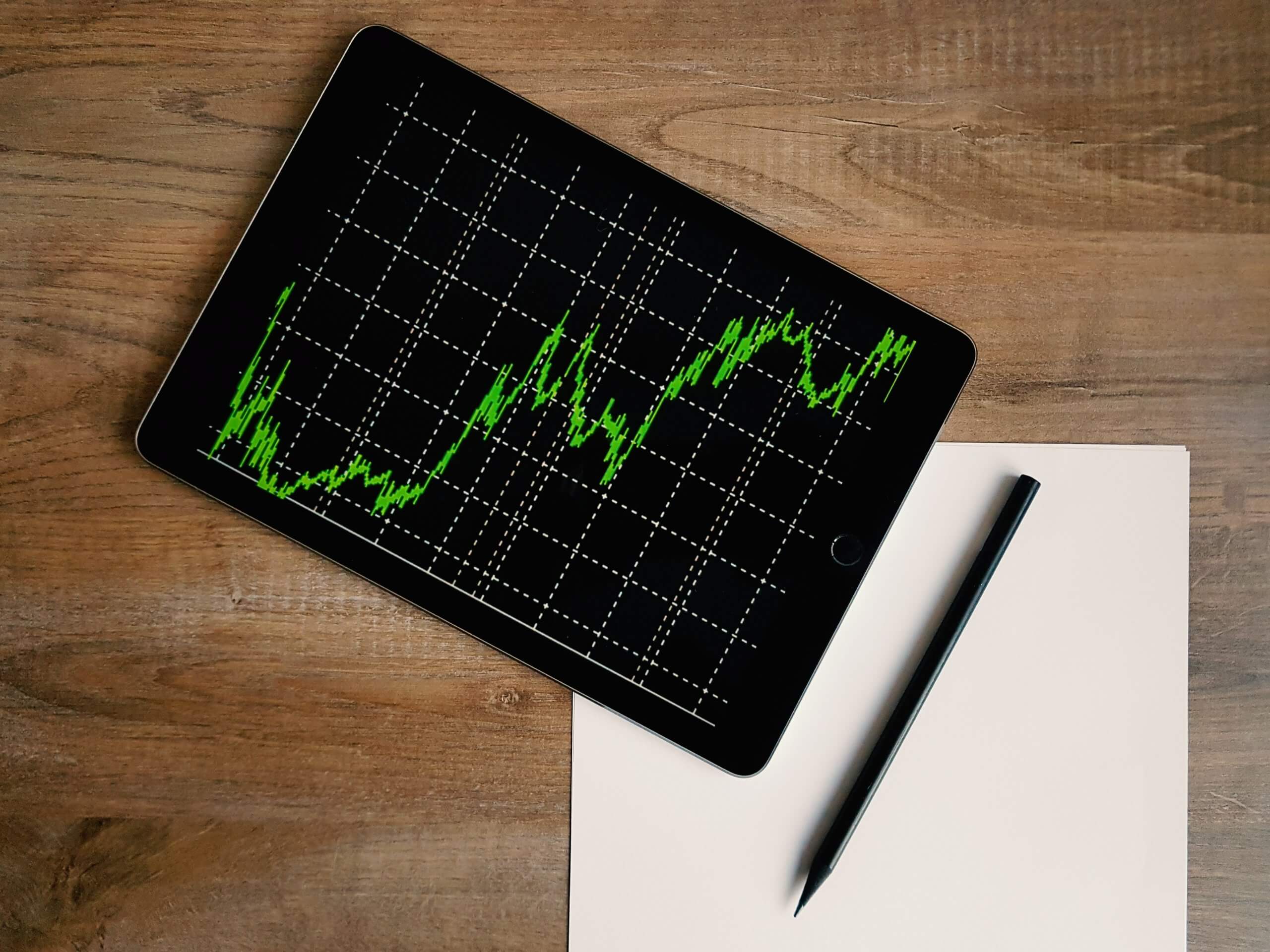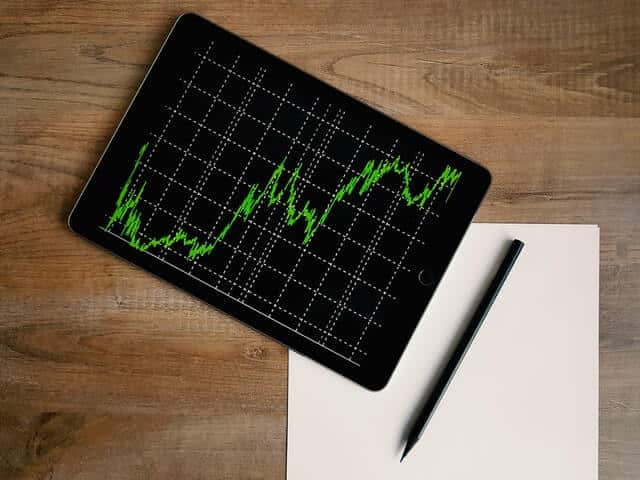Whether you’re a novice crypto trader looking to up your game or you’re completely new to digital currency and want to find out how to start making money from it, you need to understand trade signals if you’re to get ahead in this fluctuation-prone market.
In this guide, we explain what exactly trade signals are and discuss the different types of trade signals that are out there. We also talk you through the factors you need to take into account when it comes to using trade signals.
What are crypto trading signals?
If you’ve ever looked into cryptocurrency, you may have come across the term ‘crypto trading signals’. But what exactly does this term mean? Let’s take a look.
To put it simply, cryptocurrency trading signals are suggestions, recommendations or indicators to purchase or sell a particular crypto coin at a specified time and at a specified rate. Traders act on these signals with the aim of maximising their profits and minimising their losses. Both beginner and experienced crypto traders can benefit from reading crypto trading signals as they can help them to make informed decisions about buying and selling, which can lead to them building a lucrative crypto portfolio.
Crypto trading signals are usually based on a variety of determinants, such as technical analysis, speculation, news and current affairs, the introduction of regulations, the launching of new coins, and current market conditions.
The signals can be generated by expert analysts or by algorithms.
How to identify trading signals
Now you know what cryptocurrency trading signals are, let’s explore how and where to find them.To understand how to identify trading signals, it helps to get an idea of the different types of trading signals that exist.
What types of trading signals are there?
There are several types of trading signals that you can use to try to make your portfolio as profitable as possible. They include:
● Manual signals
Manual crypto signals were the first types of trading signals to be used. These indications are generated by expert traders, signal providers and interpreters who continually monitor and analyse market movements. They can be found on online forums, crypto blogs and even on social media platforms, likeTelegram, Twitter and Facebook.
● Automated signals
Automated crypto signals refer to signals that are generated by computerised bots and trading software. This type of algorithmic trading software can automatically buy and sell crypto coins on your behalf. You are responsible for creating a strategy and setting up predefined parameters and the computer programme or application will execute your strategy accordingly.
● Free signals
Many online groups and forums provide free crypto trading signals.While some of these may be legitimate, if a group does not include a paid-tier, you should proceed with caution as in free forums it’s unlikely that the tips are coming from real crypto trading experts. Relying on free signals is a risky business as taking advice from someone without the knowledge and experience to interpret the market accurately could lead to big losses.
● Paid signals
You can sign up as a VIP member of a trading group or crypto signal service provider to get access to investment and opportunities tips. Groups like these are usually run by seasoned crypto trading professionals with the technical expertise and experience to analyse the market and provide quality suggestions. However, you should be aware that not all paid signals are of high quality so it’s important to choose carefully when deciding which provider you’ll go with.
How to use signals to trade?
To give yourself the best chance of making a profit from this volatile market, it pays to learn how to read and interpret trading signals.
Every trading signal will include an ‘action’. This tells you whether you should invest in or. get out of a currency trade. The action will take the form of a simple ‘buy’ or‘ sell’ statement. This instruction may be based on the current market price(CMP). Alternatively, it could be a pending order. A CMP suggestion will advise you to buy or sell at the existing market rate. A pending order, on the other hand, will instruct you to enter or exit at a predefined target price that will be reached in the future.
Next, you’ll seethe currency in question, for example ‘Bitcoin’, ‘Dogecoin’ or ‘Stellar’. As you’d expect, this tells you which particular coin you should target.
Signals also come with something known as a ‘take profit order’. This is a limit order that tells you to sell a coin at a specified price once a certain amount of profit has been reached. You’ll also see a ‘stop loss order’. This order, which is designed to limit loss, tells you to exit a trade once a specific price drop limit has been hit.
Whether you choose to act on a trading signal or not is completely up to you. As discussed earlier, not all trading signals are of equal value. While some signals will come from highly knowledgeable sources, others could be generated by less qualified traders or they could even come from scammers looking to make money for a broker at your expense.
Paying for trading signals doesn’t automatically guarantee profit either. After all, once you’ve deducted subscription fees, you might find that you’re not actually making money at all.
When choosing a trade signals service provider, you should weigh up your attitude to risk and ideally select a provider that will not only provide you with high quality signals, but one that can also coach you to become a better trader.




























